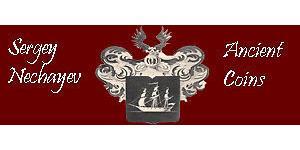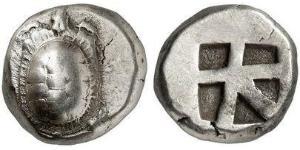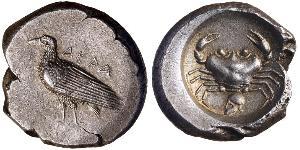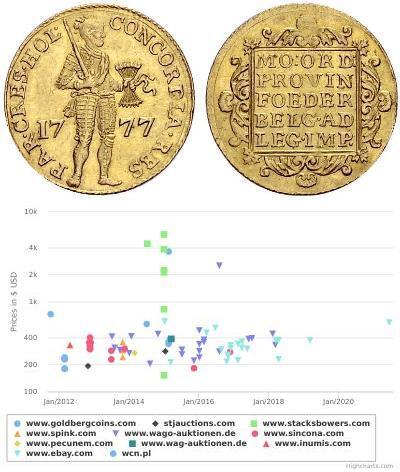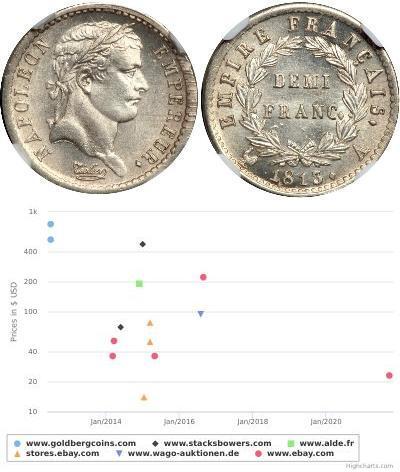[ 5528] IONIA: EPHESUS Silver Didrachm (20mm, 6.71gm) Ephesus, 420-400 B.C. Reference: SNG Kayhan 141–2; SNG von Aulock 7817; SNG Copenhagen 206; Boston MFA 1820–1; BMC 14–5. Bee; E-Φ flanking head. Quadripartite incuse square. Provided with certificate of authenticity. CERTIFIED AUTHENTIC by Sergey Nechayev, PhD - Numismatic Expert Ephesus (Ancient Greek Ἔφεσος, Turkish Efes) was an ancient Greek city on the west coast of Anatolia, near present-day Selçuk, Izmir Province, Turkey. It was one of the twelve cities of the Ionian League during the Classical Greek era. In the Roman period, it was for many years the second largest city of the Roman Empire; ranking behind Rome, the empire's capital. Ephesus had a population of more than 250,000 in the 1st century BC, which also made it the second largest city in the world. The city was famed for the Temple of Artemis (completed around 550 BCE), one of the Seven Wonders of the Ancient World. The Temple was destroyed in 401 CE by a mob led by St. John Chrysostom. Emperor Constantine I rebuilt much of the city and erected new public baths. The town was again partially destroyed by an earthquake in 614. The city's importance as a commercial center declined as the harbor was slowly silted up by the Cayster River (Küçük Menderes). Ephesus was one of the seven churches of Asia that are cited in the Book of Revelation. The Gospel of John may have been written here. It is also the site of a large gladiators' graveyard. Today's archaeological site lies 3 kilometers southwest of the town of Selçuk, in the Selçuk district of İzmir Province, Turkey. The ruins of Ephesus are a favorite international and local tourist attraction, partly owing to their easy access from Adnan Menderes Airport and via the port of Kuşadası. History Neolithic age The area surrounding Ephesus was already inhabited during the Neolithic Age (about 6000 BCE), as was revealed by the excavations at the nearby hoyuk (artificial mounds known as tells) of Arvalya and Cukurici. Bronze age Excavations in recent years have unearthed settlements from the early Bronze Age at the Ayasuluk Hill. In 1954 a burial ground from the Mycenaean era (1500-1400 BCE) with ceramic pots was discovered close to the ruins of the basilica of St. John. This was the period of the Mycenaean Expansion when the Achaioi (as they were called by Homer) settled in Ahhiyawa during the 14th and 13th centuries BCE. Scholars believe that Ephesus was founded on the settlement of Apasa (or Abasa), a Bronze Age-city noted in 14th-century BCE Hittite sources as in the land of Ahhiyawa. Dark age Site of the Temple of Artemis in the town of Selçuk, near Ephesus. The city of Ephesus itself was founded as an Attic-Ionian colony in the 10th century BCE on the Ayasuluk Hill, three kilometers from the center of antique Ephesus (as attested by excavations at the Seljuk castle during the 1990s). The mythical founder of the city was a prince of Athens named Androklos, who had to leave his country after the death of his father, King Kadros. According to legend, he founded Ephesus on the place where the oracle of Delphi became reality ("A fish and a boar will show you the way"). Androklos drove away most of the native Carian and Lelegian inhabitants of the city and united his people with the remainder. He was a successful warrior and, as king, he was able to join the twelve cities of Ionia together into the Ionian League. During his reign the city began to prosper. He died in a battle against the Carians when he came to the aid of Priene, another city of the Ionian League. Androklos and his dog are depicted on the Hadrian temple frieze, dating from the second century. Later, Greek historians such as Pausanias, Strabo and the poet Kallinos, and the historian Herodotos however reassigned the city's mythological foundation to Ephos, queen of the Amazons. The Greek goddess Artemis and the great Anatolian god ...
type to read more

|
Posted by:
anonymous 2015-08-18 |
Similar Coin Groups
2025-05-24
- Historical Coin Prices
2025-05-25
- Historical Coin Prices
You may be interested in ...


